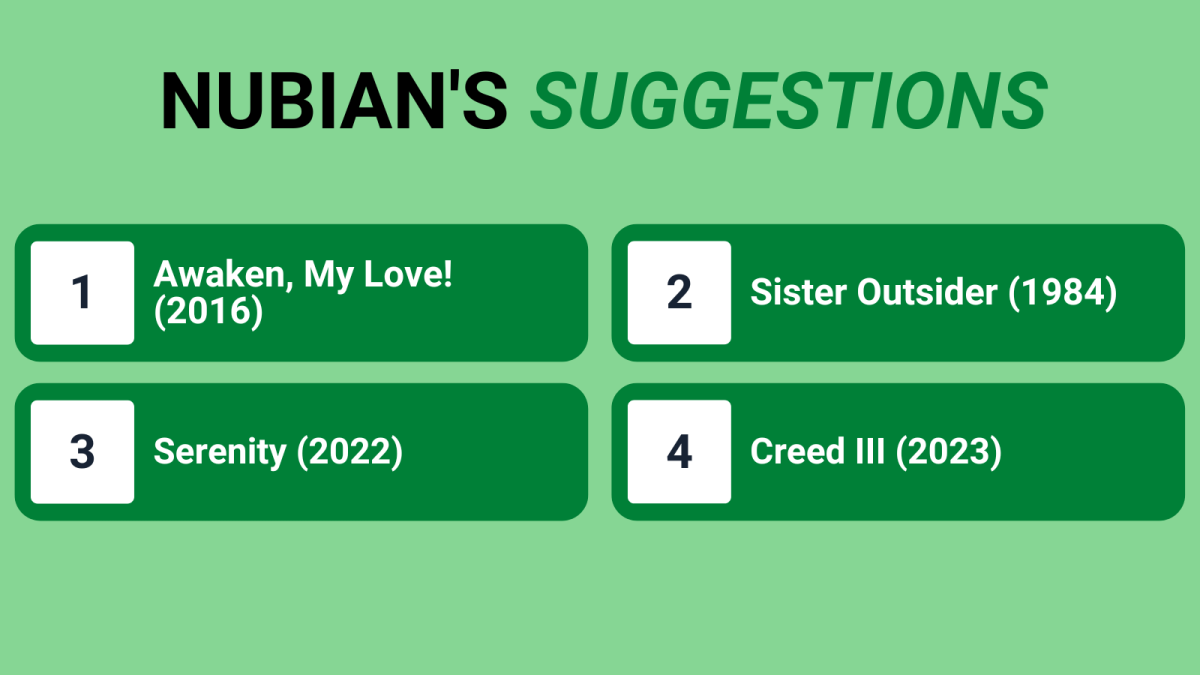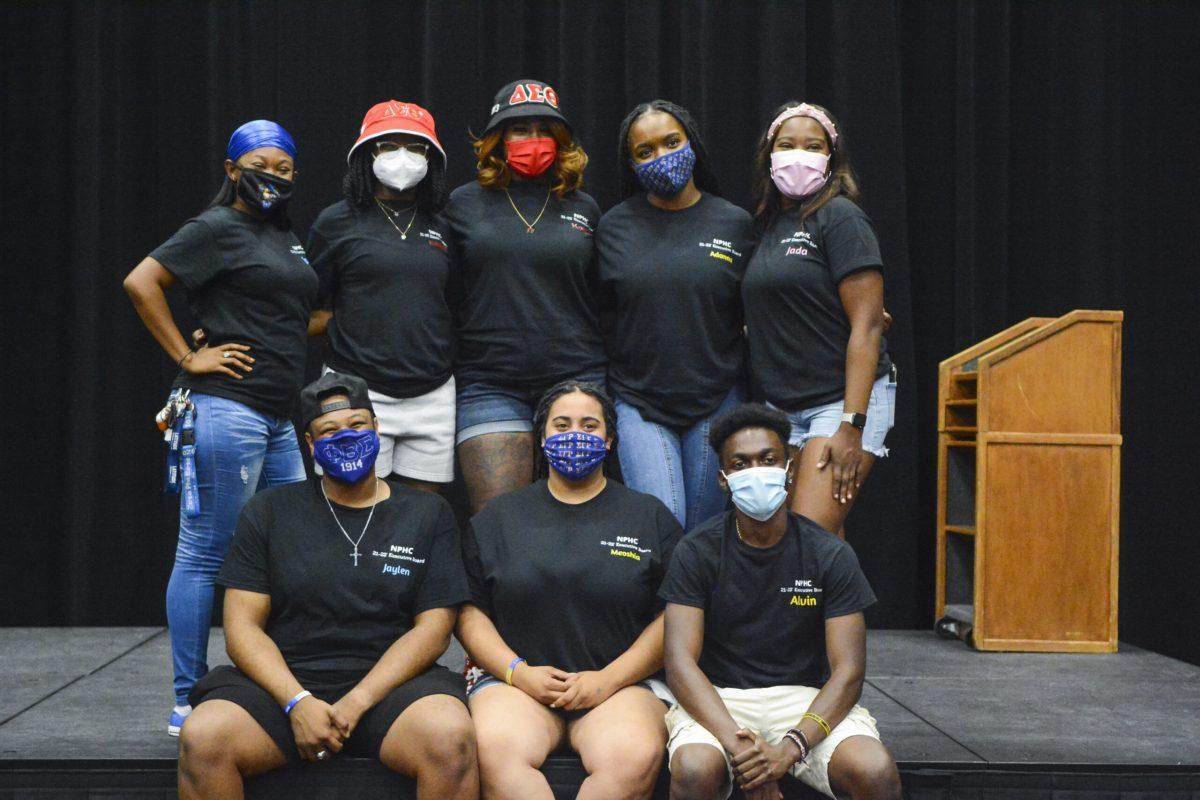
Nia Doaks | Correspondent
Bedtime stories. Scary stories. Fairy tales. Myths. Fables. Stories can be told in many different forms and serve a variety of purposes.
Storytelling is an oral tradition that dates back to ancient times—before people knew how to read or write. People told stories in order to educate, entertain or simply to pass time. Today, stories can be told in many different ways—by word of mouth, in books, on social networks, or even through video games.
Here at N.C. State, Toni Thorpe, program coordinator for the African American Cultural Center, tells the story of Sankofa during the center’s annual Harambee celebration.
The story of Sankofa is based on an African proverb: “it is not taboo to go back and fetch that which you have forgotten,” meaning that you can’t know where you’re going unless you know where you came from.
“It’s one of my favorite stories to tell here,” said Thorpe. “When you go to college there are so many changes. At any point in your life, no matter how solid you think you’re grounded in what you believe and what you know, there are [always] obstacles that can make you doubt your core being.”
According to Thorpe, the story begins with a bird named Sankofa. She grows up in her community being confident in herself and loving life. One day, she decides to sneak away from her village. When she does, she meets a bird who insults her and causes her to doubt herself.
Sankofa has to return to her village in order to find herself again and confront this “voice” of the big bird. She is supported by all of her friends and ancestors. When she returns to the bird with her own sense of self-knowledge, the other bird disappears.
When she returns back to her village, her image is carved so that other youth in the village can remember her and her story. Because she had forgotten from where she came, Sankofa was carved with her neck turned backwards.
Thorpe has been telling this story for many years. Sankofa’s image is displayed here on campus in Witherspoon Student Center and in the African American Cultural Center.
“I enjoy storytelling because it is a way to reach people,” Thorpe said. “You can connect with a hundred or more people simply by telling a story that everyone can feel and relate to. You can’t do that in a one-on-one conversation.”
Another group of storytellers in the area is the North Carolina Association of Black Storytellers (NCABS), founded in 1995 as a chapter of the national group. The group began “so that the African Oral Tradition might be heard, shared and preserved, and that its rich heritage be enjoyed by all.” The stories that these groups tell come from places such as African American history, the Bible, and family history and traditions.
NCABS members represent all parts of North Carolina and travel around the state to share their stories and experiences with a variety of audiences. They are always welcoming new members and encourage anyone interested to contact them through their website, http://www.ncabstellers.org/.
In order to tell stories well, a person must be completely invested in what they are trying to convey. “A good storyteller leaves the room and becomes the story,” said Thorpe. “Different storytellers have different techniques. You have to be able to capture your audience [and keep their attention].”
Check out this recreation of the Sankofa story!







Destiny • Sep 11, 2013 at 1:20 pm
That comic strip would be great on a tee-shirt
Destiny • Sep 11, 2013 at 1:13 pm
It’s good to be reminded every now and again from whence we came because it’s amazing how quickly we can forget.